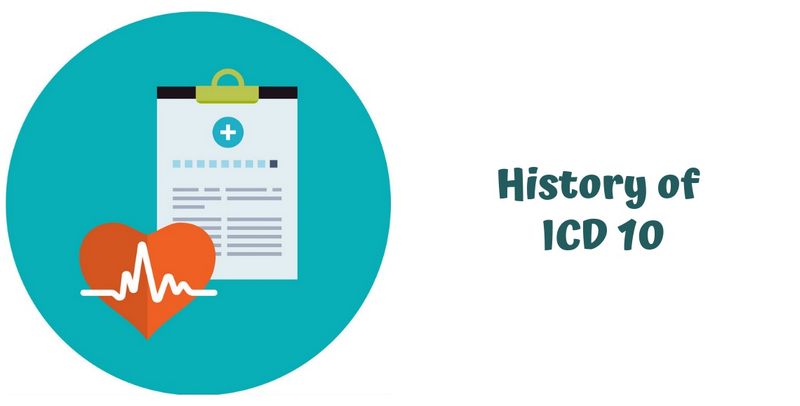History of ICD-10

Attempts to bring together the names of all diseases, streamline them, summarize the groups were taken in the XVIII century. A special contribution was made by Francois Bose de Lacroix (France). William Farr (England, XIX century), who described the principles of building a unified classification, paid great attention to the issue of generalizing diseases. The issue was discussed more actively, understanding of the need for classification grew.
The first classification of causes of death, used internationally, was adopted in Paris in 1855 by the International Statistical Congress. It was built on the basis of two lists of diseases, compiled on different principles, by Dr. William Farr and Dr. Mark d’Espin. In subsequent years (1864, 1874, 1880, 1886), the classification was revised – additions and changes were made.
In 1893, the Classification of Bertillon (named after Jacques Bertillon) was introduced in Chicago. It was also called the International List of Causes of Death. It marked the beginning of the classification, which is now known as the International Classification of Diseases (ICD). Since 1893, the classification has been revised about once every 10 years. The 10th revision was approved by the International Conference on the Tenth Revision of the IBC in 1989 and adopted in May 1990 by the Forty-third Session of the World Health Assembly. It had been used in WHO since 1994. The release of the ICD-11 is postponed, but the work on its preparation is underway. The ICB 11th revision release is expected in 2016-2017.
ICD 10th revision
- Creator: World Health Organization (WHO)
- Date of release: May 1990
- Used since: 1994
- Status: in force
- Official languages: Arabic, Chinese, English, French, Russian, Spanish. There are versions in 36 other languages.
I Certain infectious and parasitic diseases (A00–B99)
II Neoplasms (C00–D48)
III Diseases of the blood and blood-forming organs and certain disorders involving the immune mechanism (D50–D89)
IV Endocrine, nutritional and metabolic diseases (E00–E90)
V Mental and behavioural disorders (F00–F99)
VI Diseases of the nervous system (G00–G99)
VII Diseases of the eye and adnexa (H00–H59)
VIII Diseases of the ear and mastoid process (H60–H95)
IX Diseases of the circulatory system (I00–I99)
X Diseases of the respiratory system (J00–J99)
XI Diseases of the digestive system (K00–K93)
XII Diseases of the skin and subcutaneous tissue (L00–L99)
XIII Diseases of the musculoskeletal system and connective tissue (M00–M99)
XIV Diseases of the genitourinary system (N00–N99)
XV Pregnancy, childbirth and the puerperium (O00–O99)
XVI Certain conditions originating in the perinatal period (P00–P96)
XVII Congenital malformations, deformations and chromosomal abnormalities (Q00–Q99)
XVIII Symptoms, signs and abnormal clinical and laboratory findings, not elsewhere classified (R00–R99)
XIX Injury, poisoning and certain other consequences of external causes (S00–T98)
XX External causes of morbidity and mortality (V01–Y98)
XXI Factors influencing health status and contact with health services (Z00–Z99)
XXII Codes for special purposes (U00–U99)